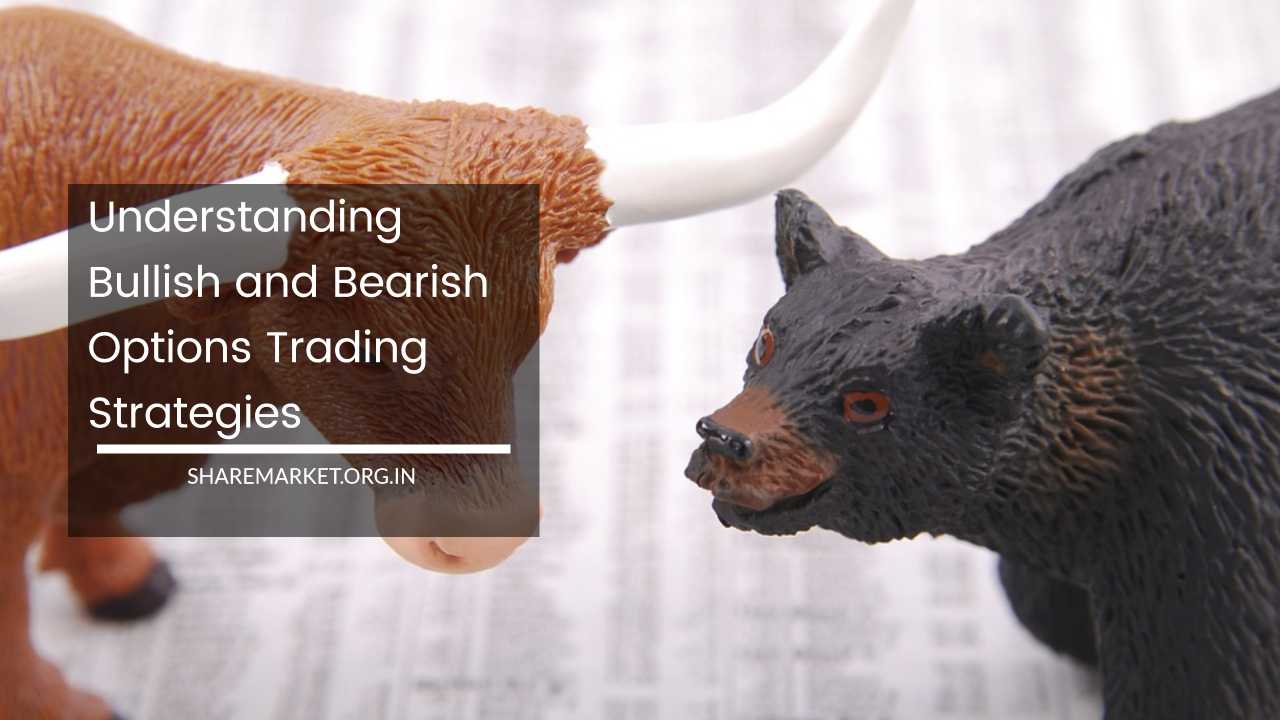Understanding Bullish and Bearish Options Trading Strategies

Whether you are a novice or a professional investor or trader, you will agree that prices follow three patterns – a bullish, a bearish or a neutral movement.
Be it news, changes in fundamentals or technical, prices have to follow either a bullish, bearish or neutral trend.
Let Us Understand What They Mean
- A bullish trend is one in which you expect a stock or a group of stocks to go up. If you are bullish, then you are a buyer of the stock or stocks, which also means that you are holding a long position.
- Bearish trend is just the opposite. If you have a bearish outlook, you want to be short or sell or you are planning to do so.
- A neutral trend is neither bullish nor bearish, meaning you are not committed.
What is Stock Option?
A stock option is a type of derivative that gives you the right, but not the obligation, to buy or sell a certain amount of a particular stock.
The purchase takes place at a predetermined price on a specified date in the future. Let’s take a look at two bullish strategies.
a) Buying Calls
If you are bullish on a stock, you would be buying calls. When you buy a call, you have the right to buy a stock in the future at a specific strike price.
If the contract expires above the strike price, you make a profit, provided the price covers the premium paid.
b) Writing Puts
When you write a put option, you operate on the assumption that the stock will not fall below the strike price. This is done in exchange for a premium.
If the stock price stays above the strike, the person writing the put makes a profit.
Bearish Stock Options Strategies
If you believe that the market and specific stocks are likely to decline, two popular bearish strategies are to write calls and buy puts. Let us understand them:
a) Buying
a Put When you buy a put contract, you have the right to sell the shares at the strike price at some point in the future.
If the prices fall below the strike price, the investor makes a profit, provided you also take into account the amount of premium paid.
b) Writing Call
When you write a call contract, you agree to buy the shares at the strike price at some point in the future.
As long as the price remains below the strike, the contract expires without any profit, and the writers are held at the premium.
However, the risk here is high as the liability of the writer becomes severe if the price moves above the strike. Buying puts and writing calls are popular bearish stock options trading strategies.

















